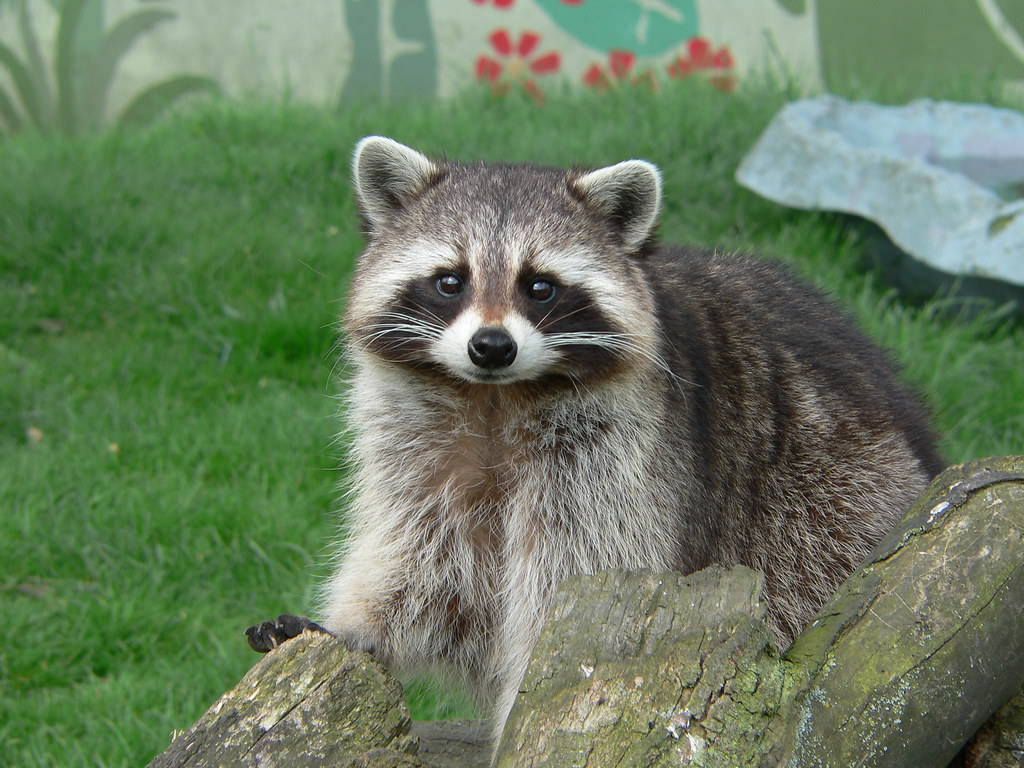
Choosing a pet isn’t just about finding a cute animal or something that looks cool in a photo. It’s a huge commitment, a lifestyle choice, and honestly, it’s about finding a creature that actually fits your life. We all see those viral videos of people with their exotic pets, and for a fleeting moment, we might think, “Wow, that’s awesome! I want one!”
But here’s the cold, hard truth: some creatures might seem fascinating and unique, but they can quickly turn into absolute nightmares. We’re talking about high-maintenance demands, potential dangers that could land you in the hospital, or even legal headaches that no amount of adorable Instagram posts can fix. It’s easy to get swept up in the idea of owning something wild and wonderful, but the reality often bites – sometimes literally.
So, before you dive headfirst into bringing home that exotic creature you saw on a TikTok reel, it’s crucial to take a serious look behind the curtain. We’re here to help you peek at which animals might just drive you completely crazy and which ones are simply, for lack of a better word, too ‘lame’ to own because their needs are just incompatible with a happy, healthy home life. Let’s get real about pet ownership.
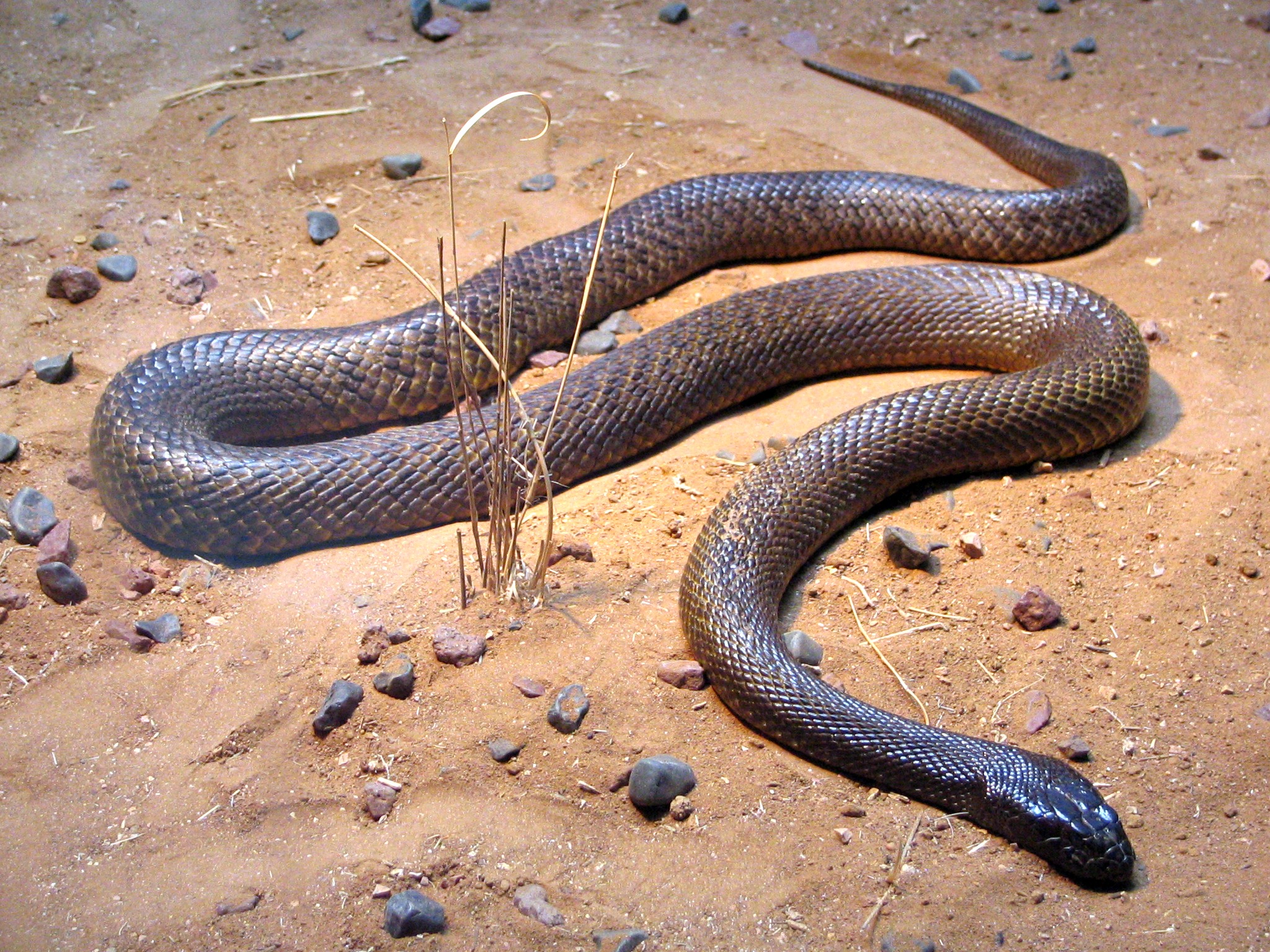
1. **Venomous Snakes: Deadly Roommates**Imagine bringing home a pet that, with just one tiny bite, could land you in the hospital, or, you know, something far, far worse. That’s the reality of venomous snakes. These slithering dangers are not your average houseguest; they require specialized knowledge, highly specific equipment, and often, permits that most casual pet owners simply don’t have access to, nor the expertise to manage.
The housing requirements for these reptiles are incredibly intense. We’re talking about absolutely escape-proof enclosures, because any failure in containment could lead to a catastrophic scenario. This isn’t just about you; it could endanger your entire family, and let’s not forget your innocent neighbors who certainly didn’t sign up for a venomous python lurking in their garden.
Many localities have incredibly strict laws against keeping venomous reptiles as pets, meaning that if you try to get one, you might face hefty fines or even be forced to surrender your beloved (and dangerous) companion. Even seasoned herpetologists approach these animals with extreme caution, and for incredibly good reason. They are wild at heart and built to survive in ways that don’t translate well to a living room.
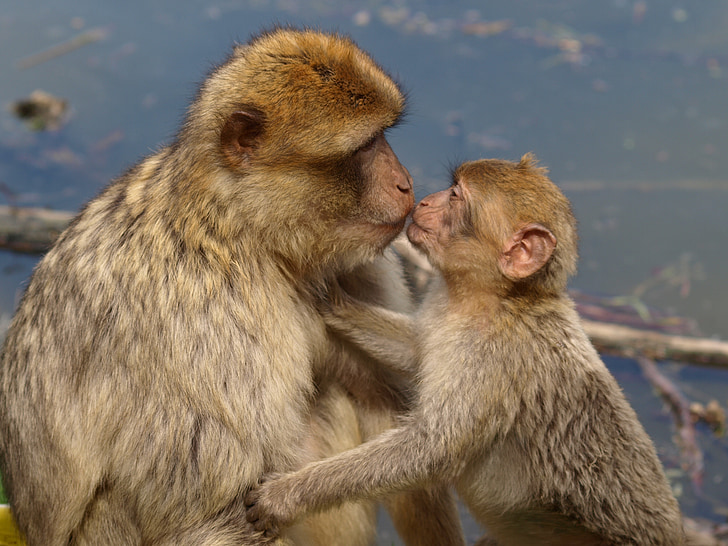
2. **Monkeys: Cute Babies, Destructive Adults**Okay, let’s be honest, baby monkeys in tiny diapers look absolutely adorable on social media, right? They pull at your heartstrings and make you think of a furry, playful companion. But here’s the kicker: those cute babies grow up. And when they do, they become strong, highly intelligent animals with extremely complex needs that no typical home, no matter how loving, can truly satisfy.
As primates mature, they often become surprisingly aggressive. They possess powerful jaws and an astonishing amount of strength, which can easily cause serious injuries to unsuspecting owners. Your home, no matter how much effort you put into it, will simply never be “monkey-proof” enough. These clever creatures will tear apart furniture, rip down curtains, and dismantle electronics with their incredibly curious and dexterous fingers.
Their natural intelligence, which seems so endearing when they’re small, actually becomes a significant liability in captivity. Proper care for an adult monkey demands specialized diets, enormous cages that can accommodate their energetic nature, and constant, complex stimulation to prevent boredom and psychological distress. Sadly, many monkeys captured from the wild suffer immense psychological damage, leading to heartbreaking self-harming behaviors and chronic depression when kept as pets.
Read more about: Beyond the Cuteness: 14 Lovable Animals That Actually Make for Terrible Pets—Here’s Why Your Home Isn’t Their Habitat
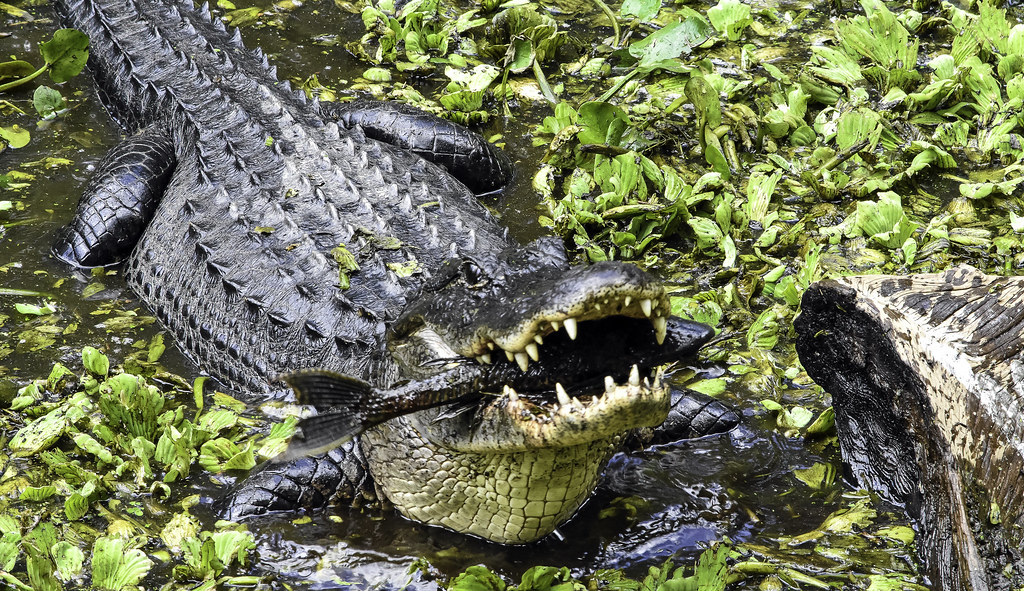
3. **Alligators: Outgrowing Their Welcome Fast**Remember that tiny, seemingly harmless baby alligator you might spot at an exotic pet store? It’s easy to be charmed by its miniature size. However, that cute little creature will eventually reach a colossal length of 6 to 12 feet and can live for decades. These prehistoric predators grow at an alarming rate, sometimes gaining a foot in length annually during their early years, making them a very temporary “baby.”
Providing appropriate housing for an adult alligator quickly becomes an impossible feat for most owners. An animal of that size requires a heated pool, incredibly secure fencing that can withstand their power, and highly specialized care that very few individuals can provide. Their powerful jaws are built to crush bones, making them genuinely dangerous once they reach even a medium size – they are apex predators, after all.
Unfortunately, many desperate owners who can no longer cope with their rapidly growing, dangerous pets resort to abandoning them. These abandoned pet alligators create serious environmental havoc when they’re released into local waterways, disrupting ecosystems and posing threats to local wildlife and even people. It’s no wonder that many states have completely banned them as pets; they are simply not domesticable animals.
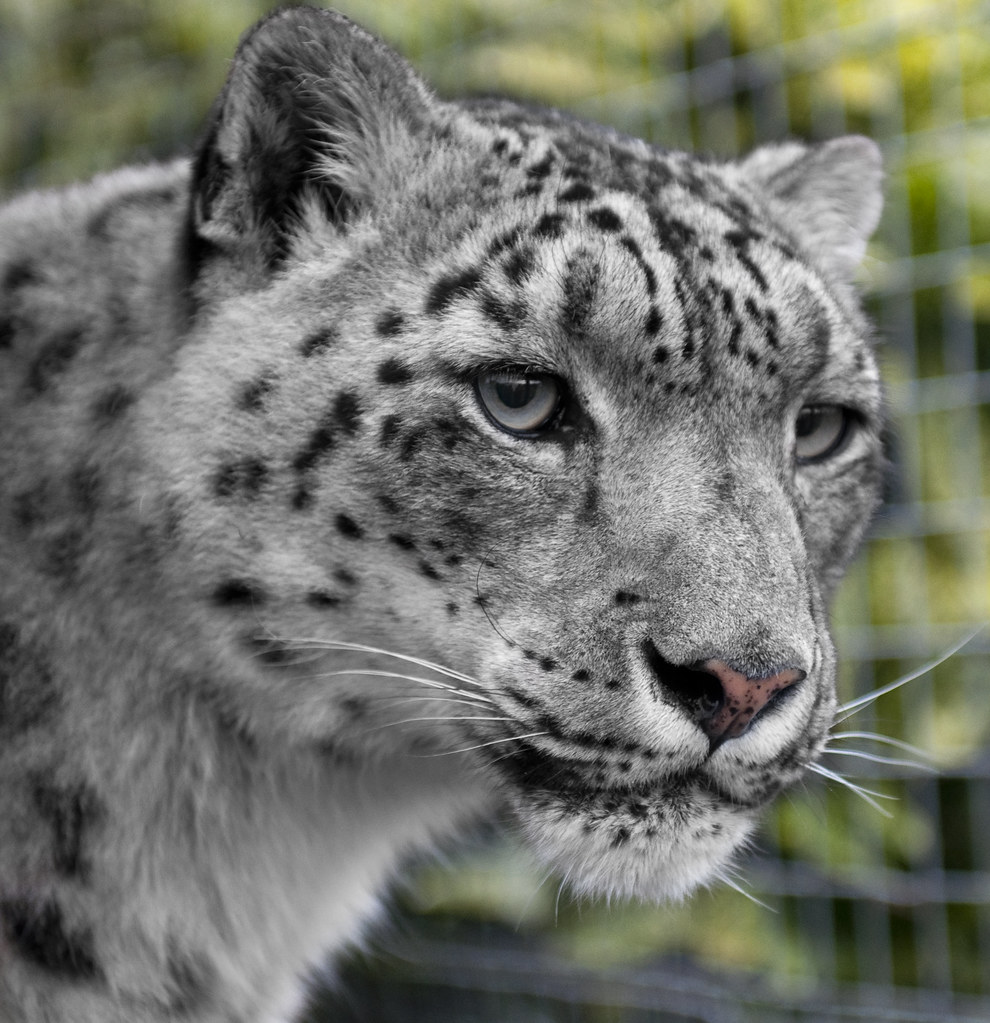
4. **Big Cats: Wild Hearts Can’t Be Tamed**Whether it’s the majestic roar of a lion or the silent grace of a tiger, big cats are undeniably captivating. But here’s the crucial point that often gets overlooked: tigers, lions, and other big cats remain fundamentally wild animals, regardless of how they are raised or how much human interaction they receive. They retain all their primal instincts and immense physical power.
These magnificent predators require massive enclosures that provide ample space for their natural behaviors, alongside pounds upon pounds of raw meat every single day to meet their dietary needs. Beyond just food and space, they also demand highly specialized veterinary care that very few people can access, let alone afford. The financial burden of properly caring for a big cat is absolutely staggering; expect to spend tens of thousands of dollars annually on their upkeep.
Even cubs that are hand-raised from birth will mature into unpredictable adults whose natural hunting instincts can activate suddenly and without warning. There are countless tragic stories of owners who have been severely injured or even killed by their beloved “pets,” simply because a wild animal reverted to its true nature. The vast majority of big cats surrendered to sanctuaries later in life show clear signs of malnutrition and significant psychological damage from improper keeping. Their powerful bodies and inherent predatory instincts make them fundamentally unsuitable as companion animals in any domestic setting.
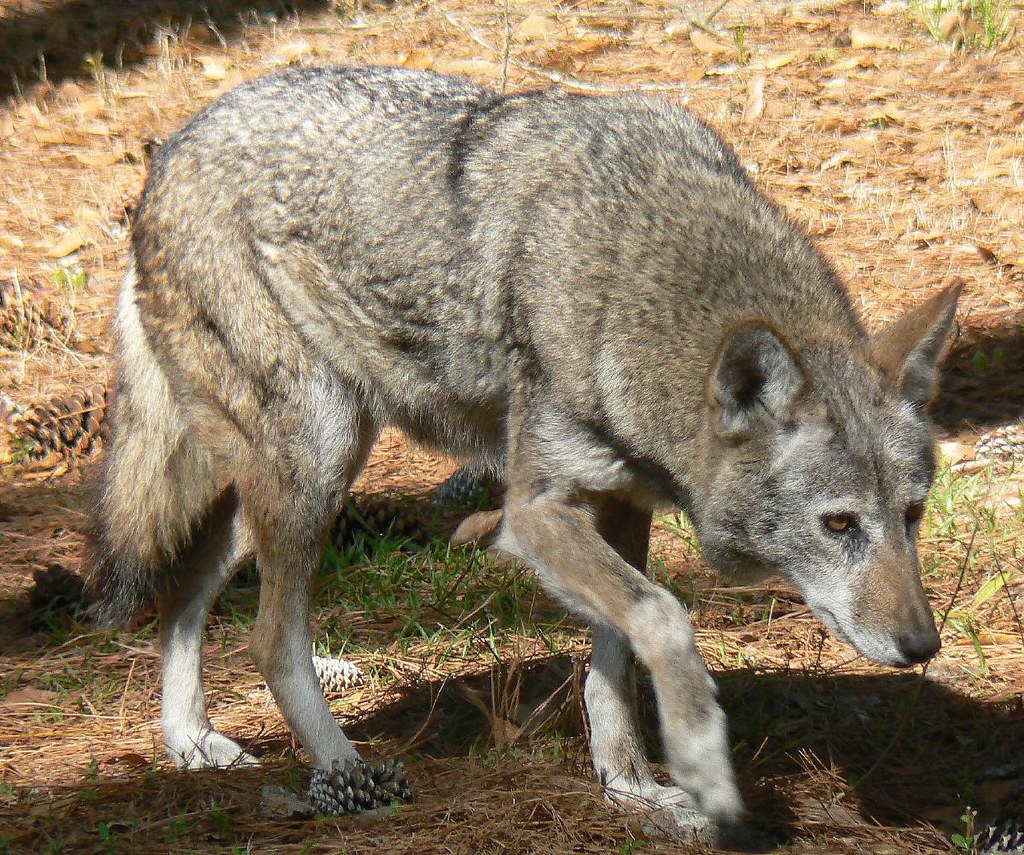
5. **Wolf Hybrids: Beauty Meets Unpredictability**Wolf-dog hybrids often look incredibly striking, combining the rugged, wild beauty of a wolf with the familiar appearance of a dog. This mix, however, creates uniquely challenging pets that are far from the domesticated companions you might expect. They are a blend of two worlds, often resulting in an animal that doesn’t quite fit into either.
Unlike fully domesticated dogs, wolf hybrids frequently resist traditional training methods and may never reliably respond to commands, especially as they enter adolescence when their wild instincts tend to emerge most strongly. Their exercise needs are truly extreme; we’re talking about miles of running daily, and this must all be within highly secure containment to prevent escapes and potential danger to others.
Many owners face heartbreaking decisions when their seemingly cute pups mature into animals that are simply too wild and untamable for home life, yet too domesticated to survive if released into the wild. Furthermore, finding veterinary care for a wolf hybrid presents another significant hurdle, as many vets wisely refuse to treat them due to their unpredictable nature and specialized needs. To top it all off, insurance companies frequently deny coverage for homes with these animals, and many localities ban them outright, recognizing the inherent difficulties and risks they pose.
Okay, so we’ve already gotten real about the truly dangerous and intense “nope, no way” pets. But what about those creatures that just seem… *lame* to own? Not dangerous in a venomous snake kind of way, but just totally incompatible with a chill home life? That’s what we’re diving into next. It’s time to unpack the hidden hassles that turn seemingly cute, quirky animals into companions that are more headache than heartwarming.

6. **Raccoons: Mischief Masters With Grabby Hands**Remember how adorable those little raccoon paws look? So dexterous, so curious! Well, prepare for those same clever hands to become your worst nightmare when they’re prying open every single cabinet, unscrewing jars you thought were childproof, and systematically dismantling anything that catches their incredibly curious attention. We’re not just talking about your knick-knacks here; their destructive curiosity extends to your actual home, including drywall, plumbing, and even electrical wiring. Seriously, it’s like living with a tiny, furry demolition crew.
It gets better (or worse, depending on how you look at it!). Raccoons, as they hit adolescence, often become surprisingly aggressive. Those sweet, playful nipping behaviors can quickly escalate into painful bites and scratches, even towards their beloved human owners. This isn’t just a phase; it’s a natural part of their development, meaning your “pet” could easily injure you or your family.
And let’s talk about their internal clocks. Raccoons are naturally nocturnal, which means they are most active and full of energy precisely when you are trying to catch some Zs. Imagine trying to sleep through a mini-tornado of rustling, climbing, and general raccoon shenanigans happening right in your living room. It creates a completely mismatched household rhythm that will leave you exhausted and them, well, still being raccoons.
Their wild instincts? They never truly disappear. This means you might find them “washing” their food in your toilet bowl (a behavior that’s both fascinating and utterly gross), or marking their territory with urine in places you definitely don’t want it. These aren’t just quirks; they’re ingrained behaviors that make coexisting in a domestic setting incredibly challenging, no matter how much you adore them.
Given all this, it’s no shocker that many states have strict prohibitions against keeping raccoons as pets. They are intelligent, yes, but they belong in their natural habitats, not attempting to rewire your house or redecorate with their urine. Trying to force them into a domestic life is, frankly, pretty lame for everyone involved.
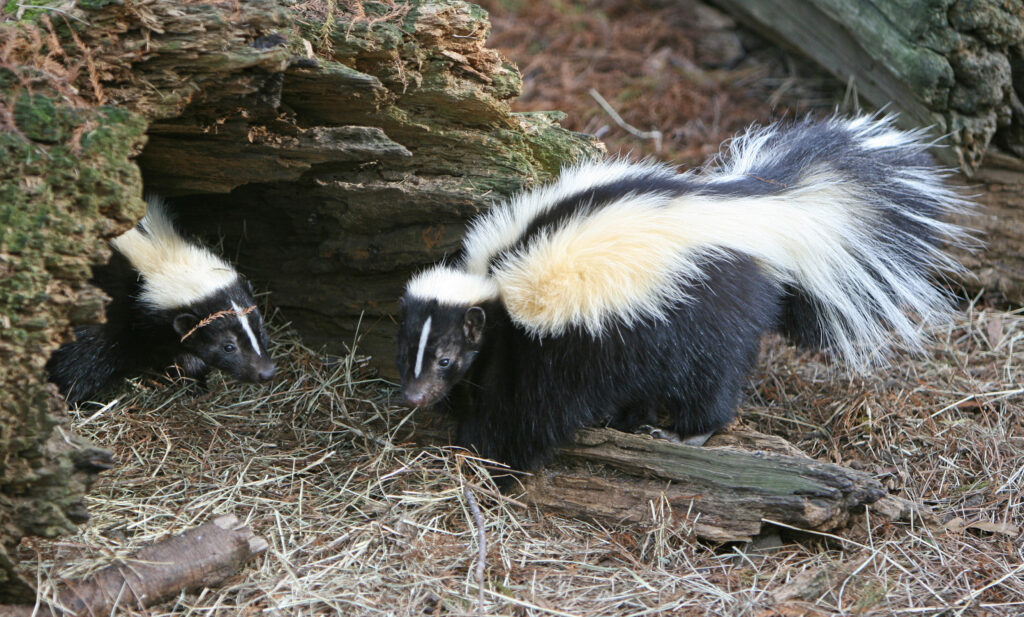
7. **Skunks: Fragrant Friends With Special Needs**Okay, so you think, “I’ll just get a de-scented skunk, no biggie!” And sure, the immediate threat of being sprayed with that infamous odor is gone. But here’s the stinky truth: even de-scented skunks retain a distinct, musky odor. It’s not just a faint whiff; it’s a smell that will permeate every single corner of your home, clinging to your furniture, your clothes, and essentially becoming the new “fragrance” of your life. Get ready for visitors to notice, even if you’ve become nose-blind to it.
Just like raccoons, skunks are nocturnal creatures. This means they’re naturally wired to be digging, foraging, and exploring their little hearts out precisely when you’re attempting to unwind and sleep. Constant nighttime disruptions are practically guaranteed. Think about it: a determined little skunk, sniffing and rooting around your house while you’re trying to dream of… well, anything but skunks. It’s an exercise in sleep deprivation, if nothing else.
Their diet is another one of those “hidden hassles” that makes skunks a less-than-ideal pet. We’re talking about a specialized diet that includes fresh fruits, vegetables, various proteins, and a whole range of supplements. This isn’t a grab-a-bag-oibble-and-go situation; it far exceeds the typical care needs of most domestic pets, requiring daily preparation and a keen eye on their nutritional balance. It’s a full-time commitment, and then some.
Skunks are also natural diggers. And when we say natural diggers, we mean they will instinctually dig up anything and everything they can get their claws into. Your carpets? Potentially shredded. Your furniture? Possibly unearthed from the inside out. Your potted plants or even your garden, if they get outdoor access? Absolutely fair game in their relentless search for grubs and insects. Forget a neatly organized home; prepare for a landscape that looks like a miniature archaeological dig.
On top of all this, good luck finding a vet who genuinely has experience with skunks. Most veterinarians lack the specialized knowledge to treat these exotic animals, making routine check-ups or emergency situations a significant challenge. And yes, many states either require special permits or outright ban skunks as pets, because their natural behaviors simply don’t align with household living. They might be cute, but their ‘lame’ qualities quickly outweigh the charm.
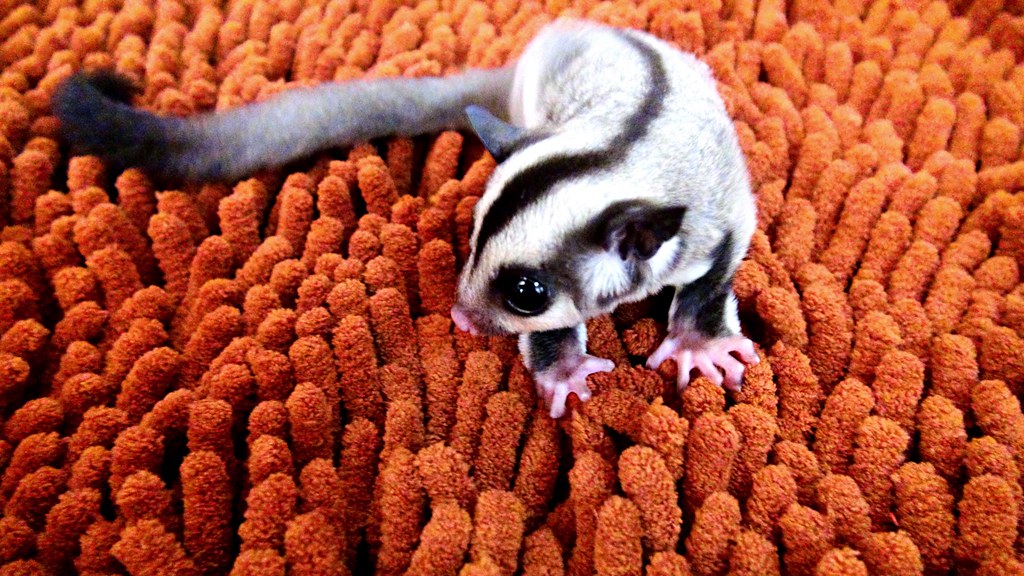
8. **Sugar Gliders: Nocturnal Noise Machines**Oh, the tiny, adorable sugar glider videos on social media! They look like little flying bundles of cuteness, right? You might think, “How much trouble could something that small be?” Hold that thought. These pocket-sized marsupials, while undeniably enchanting, come with care requirements that will absolutely blow past what most casual owners anticipate. First off, they’re highly social colony animals. This means if you keep just one sugar glider, it will likely become incredibly depressed and can even resort to self-destructive behaviors due to loneliness. You need at least two, minimum!
And speaking of loneliness, let’s revisit that nocturnal schedule. Just like their raccoon and skunk pals, sugar gliders are wide awake and ready to party all night long. While you’re dreaming of sugar plums, they’re engaging in loud barking, chirping, and an impressive amount of cage rattling. It’s not a soft, gentle sound; it’s a cacophony that can easily keep you awake. Your sleep schedule is about to take a serious hit, turning your quiet nights into a miniature jungle rave.
Then there’s the diet. This isn’t just about throwing some pellets in a bowl. Sugar gliders require a highly specialized diet that includes fresh fruits, vegetables, specific nectar substitutes (often homemade!), and carefully balanced protein sources. All of this needs to be meticulously prepared daily. It’s a gourmet meal service every single night, and if you get it wrong, they can suffer serious health issues. This level of culinary commitment isn’t for the faint of heart, or the busy.
Many sugar gliders develop significant behavioral problems stemming from improper housing, inadequate diet, or insufficient handling. They can become nippy, withdrawn, or develop repetitive stress behaviors. Their complex psychological and physical needs are often underestimated, leading to unhappy gliders and frustrated owners. It’s a recipe for disappointment, turning a dream pet into a sad reality.
And don’t even get us started on their escape artist tendencies! Their tiny size makes them incredibly adept at squeezing through the smallest gaps. This also makes them incredibly vulnerable to common household dangers. We’re talking about accidental plunges into toilets, getting stuck in drains, or finding themselves trapped in small crevices where they can easily be injured or worse. Owning sugar gliders means constantly scanning your home for potential hazards, which, let’s be real, is pretty lame.

9. **Fennec Foxes: Desert Animals, Household Chaos**Okay, so the Fennec Fox. Those enormous ears? Beyond adorable, right? They make them look like something out of a fairy tale! But here’s the wild truth: those gigantic ears aren’t just for show. They give fennec foxes incredibly sensitive hearing, which is fantastic for hunting in the desert but makes them super jumpy and easily stressed in a typical, noisy household environment. Every dropped plate, every loud TV show, every sneeze could send them into a panicked frenzy. Your quiet home? Not so quiet to them.
These are *desert animals*, folks. And what do desert animals do? They dig! Instinctively! A fennec fox will dig, and dig, and dig some more. We’re talking about destruction that no amount of training, no matter how dedicated you are, can truly eliminate. Your carpets? Dug. Your furniture? Undermined. Your potted plants? Annihilated. Their innate need to burrow and explore subterranean spaces is simply incompatible with maintaining a tidy, intact home.
Prepare for a soundtrack you didn’t sign up for. Fennec foxes are known for their incredibly high-pitched screams, which can reach deafening volumes. And guess when they decide to unleash their vocal talents? Yep, during their most active hours, which conveniently span from midnight to dawn. It’s not just a cute little yip; it’s a piercing shriek that will make you question all your life choices. Forget a peaceful night’s sleep; you’re living with a tiny, adorable alarm clock.
Housetraining a fennec fox? That’s a challenge that approaches the impossible. Their natural marking behaviors are deeply ingrained and will persist regardless of how many puppy pads you lay out or how patient you are with positive reinforcement. They use urine and scent glands to communicate and establish territory, and they will continue to do so in your home. It’s a constant battle against their instincts, and frankly, it’s a battle you’re probably not going to win.
Just like many other exotics, finding veterinary care for a fennec fox is incredibly difficult. Most general vets simply don’t have the experience or knowledge to treat exotic canids, leaving you scrambling for specialized care that might be miles away and prohibitively expensive. Plus, owning them legally often requires special permits in many areas, with some states banning them entirely due to their wild nature. So, while they’re undeniably adorable, their natural behaviors are so poorly suited to domestic life that they just end up being incredibly ‘lame’ household companions.
So there you have it. From the truly dangerous to the simply unbearable, we’ve covered a whole gamut of creatures that, despite their initial appeal or viral video fame, are just not cut out for home life. It’s a harsh truth, but sometimes the cutest animals make the lamiest pets when their natural instincts clash with domestic reality. Whether it’s their destructive tendencies, their nocturnal noise, or their overwhelming care demands, these animals truly highlight why choosing a pet is more than just falling for big eyes or tiny paws. It’s about ensuring a happy, healthy life for *them* and for *you*. So, next time you’re scrolling through social media, remember this list and stick to pets that are actually, you know, *awesome* to own. Your sanity (and your furniture) will thank you.



